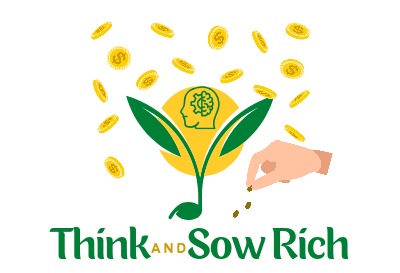Anchors Aren’t Just Nautical—They’re Emotional Tools That Keep Us From Drifting
 Objects speak louder than words sometimes. Not because of what they say, but because of what they hold. They grip the weight of a moment, a decision, or a feeling we can’t quite put into language. We all carry things like this: a faded photograph, a concert wristband, a chipped ceramic mug that only we know the story behind. These aren’t just keepsakes—they’re anchors.
Objects speak louder than words sometimes. Not because of what they say, but because of what they hold. They grip the weight of a moment, a decision, or a feeling we can’t quite put into language. We all carry things like this: a faded photograph, a concert wristband, a chipped ceramic mug that only we know the story behind. These aren’t just keepsakes—they’re anchors.
They tether us to our resolve, our memories, our identity. They remind us who we are when the current tries to pull us somewhere else. And few stories show this better than Cheers Season 1, Episode 10—“Endless Slumper.”
Sam Malone, the charismatic bartender and former Red Sox pitcher, shares something rare with a struggling player: a bottle cap. But this isn’t just any bottle cap—it’s the one from the last beer he ever drank before choosing sobriety. Sam had kept it close for years, gripping it so tightly during hard nights that its ridges left marks in his palm. That simple object was an anchor—holding down his sobriety, his strength, and the raw truth of who he’d become.
The moment he gave the cap away, something started to unravel. The player thrived while Sam began to spiral, and that episode explores something incredibly vulnerable: what happens when we give away our emotional anchors? When we hand someone a piece of our stability in hopes they’ll find their own? And what if they lose it?
This story resonates because we’ve all had our own bottle cap moment. Maybe yours was a letter you never sent, a playlist that got you through heartbreak, or a jacket worn during a pivotal performance. These things aren’t just nostalgic—they’re spiritual. They serve as anchors to a former version of you that mattered deeply.
And yet, anchoring doesn’t always have to be tied to pain. Sometimes, we consciously choose an object as a reminder of a joyful truth, a personal mantra, or a quote that guides us. A writer might keep a pebble on their desk to recall a trip where inspiration struck. A musician might carry an old pick from the night they finally nailed a gig. The value isn’t in the object’s material worth—it’s in what it symbolizes.
Sometimes, we pick an object to remind us of who we are or what we’ve learned. It could be something small—a shell from a peaceful walk, a note from someone who believed in us, or a coin saved during a tough time. These items can act as anchors to a powerful feeling or quote that shaped us. And if you’re building something like a storytelling app, you might let users choose their own anchor: a virtual item that links back to an important part of their journey. It’s a simple way to make their experience more personal and meaningful.
Sam’s bottle cap teaches us that vulnerability is courageous. It shows that even the strongest people need something to hold on to. In design, education, therapy, or art, integrating anchors can help others connect more deeply with their intentions and emotional states. Neuro-Linguistic Programming (NLP) even uses anchors deliberately, encouraging people to associate physical touch or objects with calm or confidence.
But here’s the catch: an anchor only holds if you choose to let it. Objects carry meaning because we assign it. Without intention, even the most powerful item becomes a hollow souvenir. That’s why Sam’s story hits so hard—he didn’t just lose a cap; he momentarily lost sight of himself. And yet, in the final scene, he doesn’t drink. He slides the glass across the bar and reclaims his strength. That choice becomes the new anchor.
So, what’s anchoring you right now?
Is there something tucked in your wallet, sitting on your shelf, or resting on your piano that reminds you why you’re here and what you’re building? Maybe it’s time to consciously choose one—attach meaning to it, honor it, and let it ground you when things get shaky.
In creative work, these anchors aren’t just metaphors—they’re tools. Use them to help others feel deeply seen. Whether through animation, interactive storytelling, or even an app designed to teach cocktail piano tips, anchoring can transform something functional into something unforgettable.
We all drift sometimes. The question isn’t whether you’ll face the waves—it’s whether you’ve got something powerful enough to hold you in place when you do.
